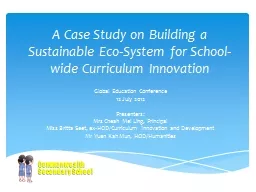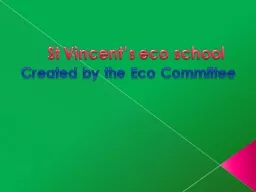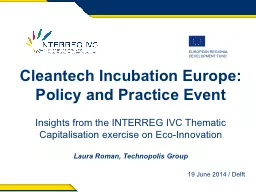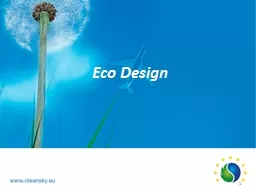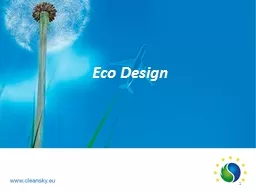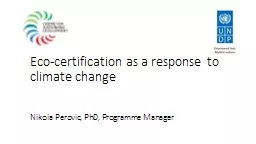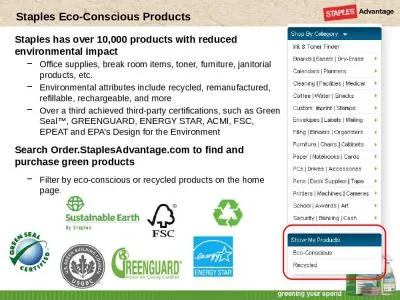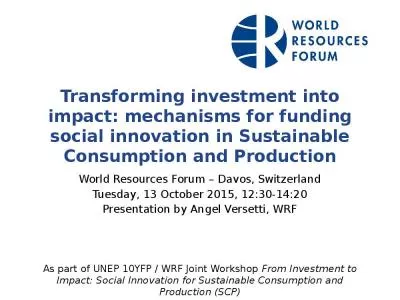PPT-A Case Study on Building a Sustainable Eco-System for School-wide Curriculum Innovation
Author : danika-pritchard | Published Date : 2020-04-06
Global Education Conference 12 July 2012 Presenters Mrs Cheah Mei Ling Principal Miss Britta Seet exHODCurriculum Innovation and Development Mr Yuen Kah Mun
Presentation Embed Code
Download Presentation
Download Presentation The PPT/PDF document " A Case Study on Building a Sustainable ..." is the property of its rightful owner. Permission is granted to download and print the materials on this website for personal, non-commercial use only, and to display it on your personal computer provided you do not modify the materials and that you retain all copyright notices contained in the materials. By downloading content from our website, you accept the terms of this agreement.
A Case Study on Building a Sustainable Eco-System for School-wide Curriculum Innovation: Transcript
Download Rules Of Document
" A Case Study on Building a Sustainable Eco-System for School-wide Curriculum Innovation"The content belongs to its owner. You may download and print it for personal use, without modification, and keep all copyright notices. By downloading, you agree to these terms.
Related Documents

